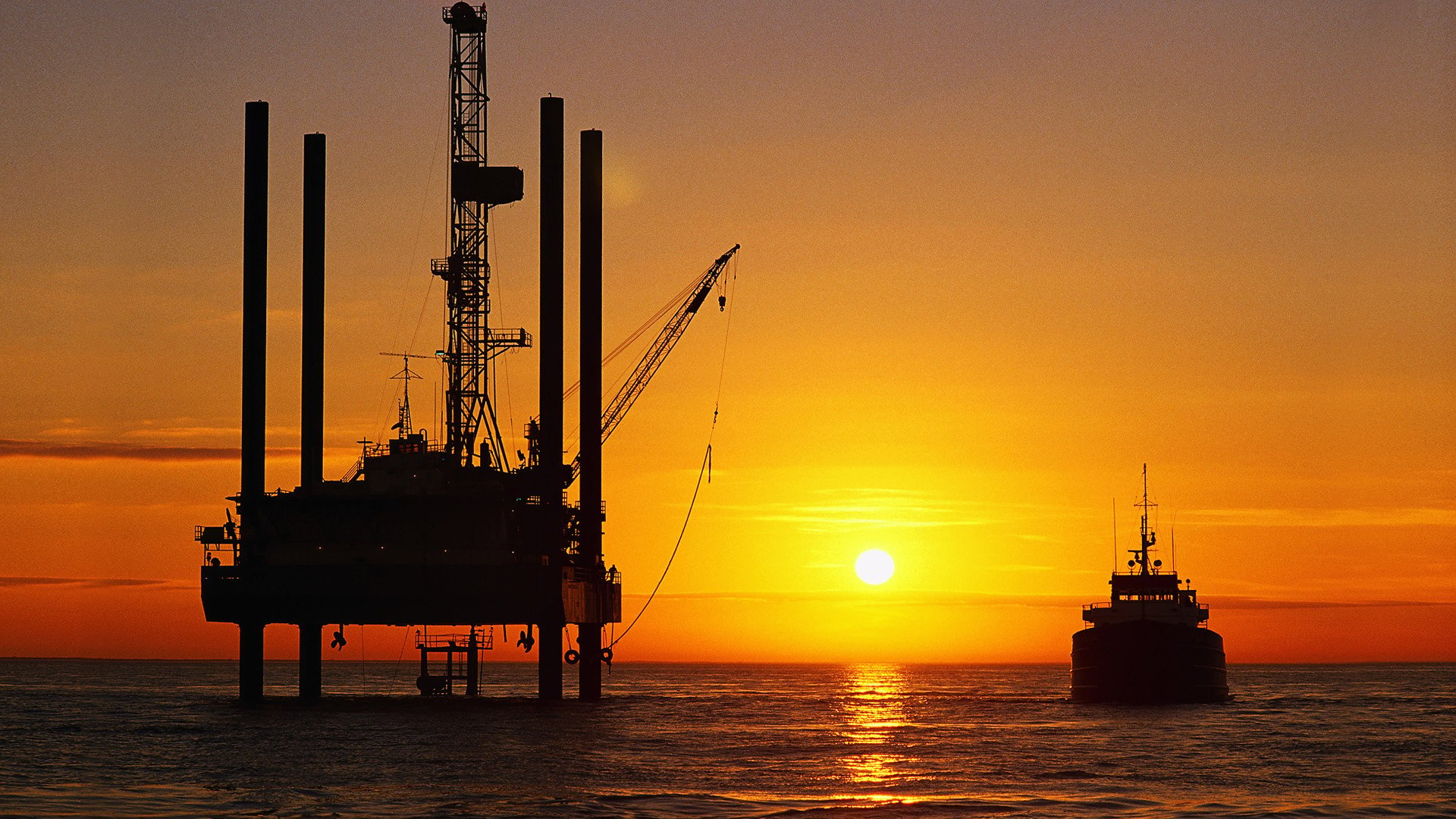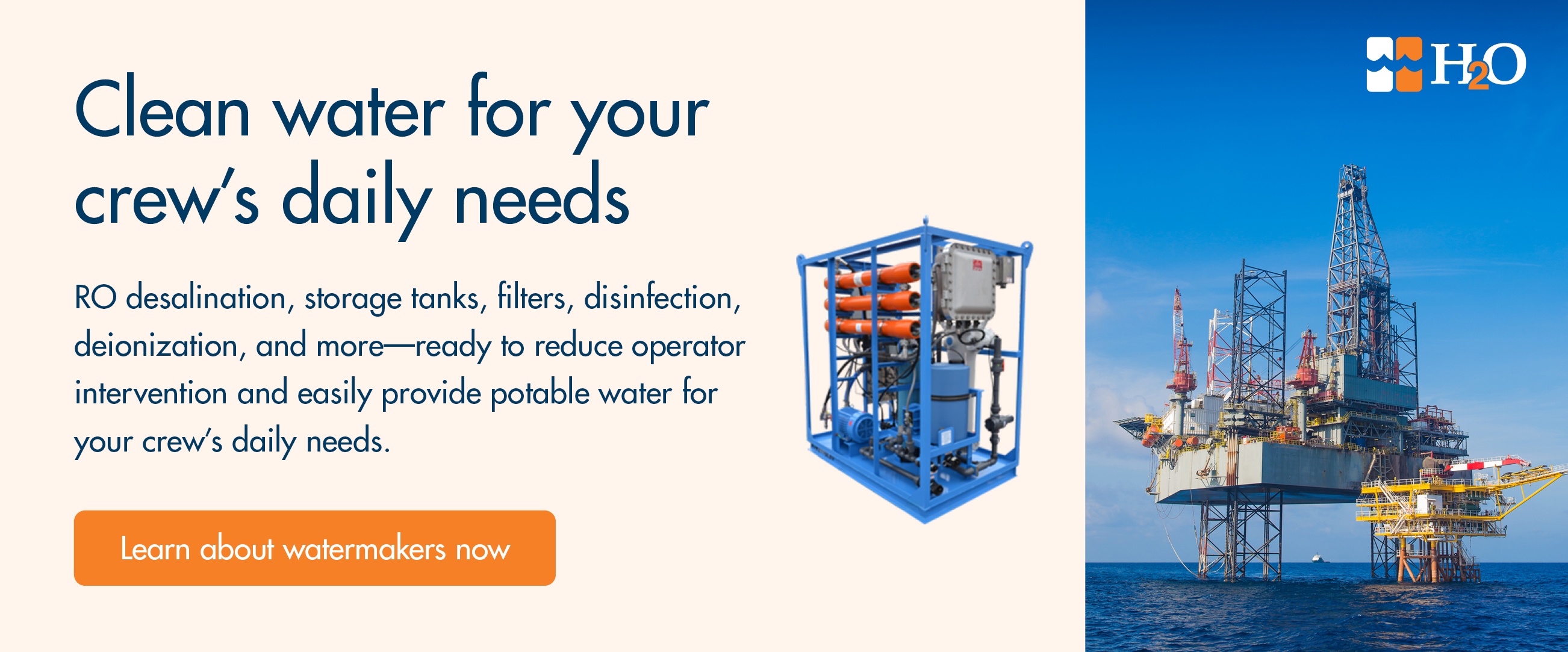
Watermakers produce potable water that is safe for both human contact and consumption. As they meet such a critical need, offshore watermakers tend to have extensive safety features, durable components that can last a long time, and easy use and maintenance practices.
However, it’s also important to realize that you need to be prepared for what could happen if your watermaker ceases working at an inopportune moment. Without a properly working watermaker, you would either need to rely on emergency water deliveries or delay the use of your boat or offshore rig.
Watermakers are expensive; a brand-new unit can cost up to $150K. What’s more, improper maintenance can accelerate their replacement time line. However, the alternative does suggest good news. Keeping an eye on the health of individual parts of your watermaker, knowing when it’s best to replace each component, and practicing routine maintenance can extend the life of your offshore watermaker.
The Main Reasons You'll Need to Replace Parts on Your Watermaker
Performing routine walkarounds to check on your offshore watermaker, replacing filters or membranes, and checking all of your watermaker’s daily stats—these daily and weekly activities are as essential as making sure there’s enough gas in your car. Keep up with your maintenance schedule, and your watermaker should serve you well for years to come.
Sometimes, however, you may need to replace a part. As your watermaker is such a vital part of your rig, it’s important to know when it’s time to do so—or when your watermaker just needs some attention and care. You may need to replace parts if:
- Your system no longer meets regulations.
- Your system no longer produces the volume you need.
- You’ve outgrown your system.
However, if it’s only a single component that needs replacing, you can likely save yourself a lot of money with careful observation.
5 Important Parts to Watch and Care For
Pay close attention to the following five parts of your offshore watermaker:
1. Pumps
First, check to see if any flow meters or gauges on the unit appear to be damaged. These are found on the front panel of your watermaker and will reflect input and output pressure, flow rate, total volume, the amount of dissolved solids, and other vital information about the performance of your watermaker. If these meters and gauges are operational, you can use them to check on your pump’s flow rate. If the flow rate drops by 10 percent or more from the recommended flow rate, you should consider pump replacement.
If the pump is installed properly and receives routine care, it should last at least 6,000 hours; in general, you can expect a pump to last through several years of use.
2. Motors
Refer to the manufacturer's required maintenance schedule for greasing your bearings consistently and well. (Depending on the model, this might be once or twice a year.) If any part of the motor, such as the fan cover, is rusted or corroded, you may need to consider replacing it.
3. High-Pressure Components
This category includes watermaker parts such as piping, hoses, and housing or membrane vessels. These components do not require regular maintenance but do need ongoing visual inspection. You’ll need to be aware in case one of these parts fails, wears, or corrodes.
4. Pressure Safety Valves
These safety features—which may also be referred to as your system’s high- or low-pressure shutdown—should receive ongoing care to make sure you and your crew are not in danger. With a regular visual inspection, simply ensure that none of these valves are leaking or sticking and that they are not plugged or bypassed.
5. Watermaker Membranes
Your watermaker’s membranes need to be replaced if they can’t make the watermaker’s rating capacity at the maximum operating pressure. Before replacing them, first check if they need to be cleaned.
Perform a cleaning cycle every 30 days or when you’ve noticed that the membrane’s performance has gone down. Membranes without maintenance can fail within 3-4 months, but, if they’re cleaned often, they can last as long as two years. If the watermaker doesn’t produce total dissolved solids with a PPM less than 500 after cleaning, it’s time to replace the membrane.
In terms of regular care, you should avoid oxidizers, such as chlorine, in your water. They will harm the membrane and speed up the need for replacement.
Watermaker Support and Expertise at Your Fingertips
A watermaker is a crucial part of your offshore rig; without it, you won’t be able to rely on having a source of safe, potable water. It’s not unusual to see a well-maintained watermaker working well for 20 years. With the help of the experts at H2O LLC, you can take steps to keep your watermaker in excellent health. If you need tips for maintenance or information regarding replacements, we’re just a phone call away. Contact H2O LLC today for helpful, friendly, and reliable watermaker expertise.

